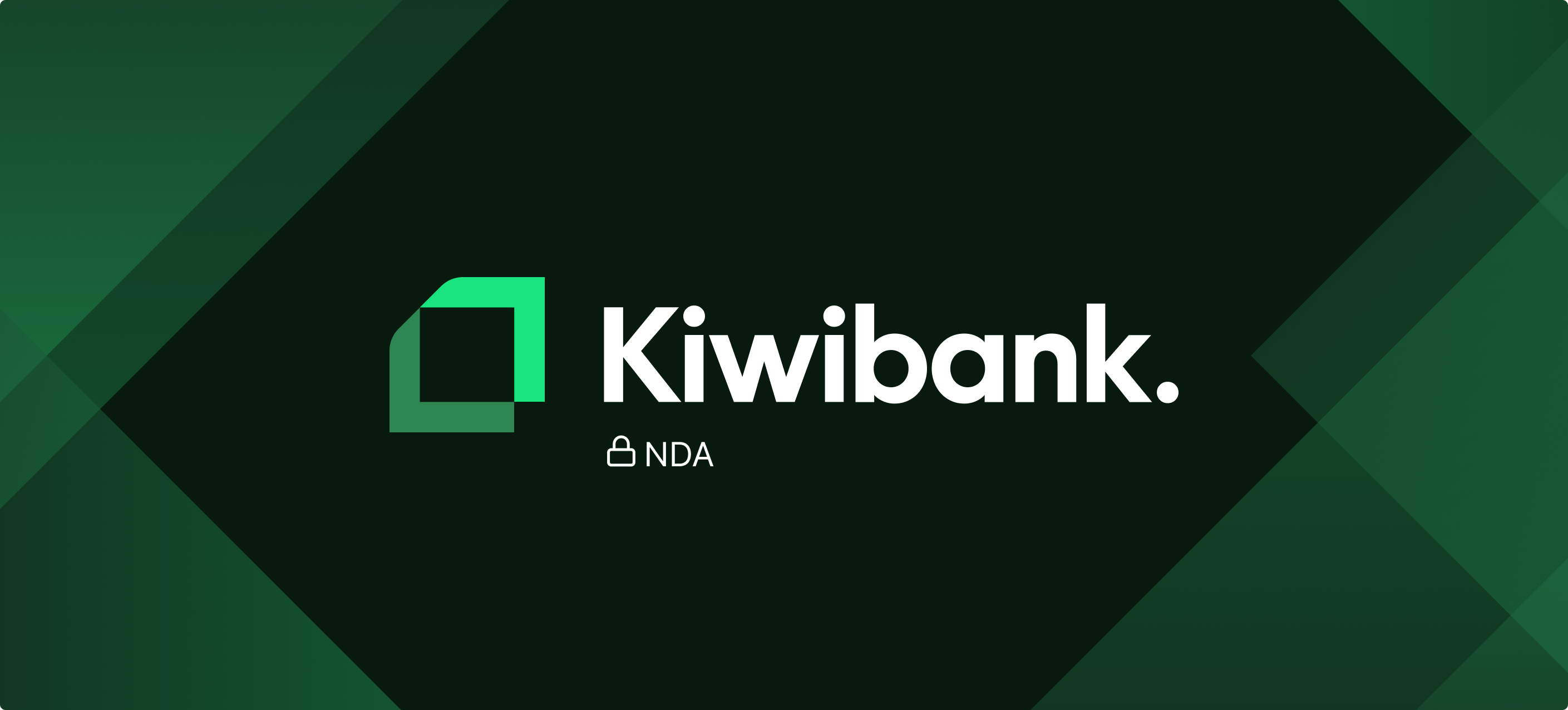
At Kiwibank, I’ve led complex design initiatives that support the bank’s digital transformation, including foundational UX, Open Banking readiness, and accessibility maturity. Working across platforms, teams, and compliance layers, I’ve helped shape future-facing experiences that are scalable, inclusive, and strategically aligned while uplifting internal practices and systems.
Kiwibank is transitioning away from legacy systems toward a modern, flexible digital ecosystem. A key initiative was designing for Open Banking a new government-regulated framework that enables customers to share financial data and make payments via authorised third parties.
The challenge was to design this experience in a way that is:
I led the end-to-end UX for Open Banking across Kiwibank’s customer-facing platforms, ensuring a consistent and trust-centred experience across web, iOS, and Android.
My role included:
These artefacts helped build shared understanding across silos and accelerated buy-in from leadership and engineering teams.
As I worked through Open Banking flows, it became clear that foundational UX gaps, especially in the settings area, would hinder future scalability.
I initiated and led a staged restructure of the settings experience, untangling legacy dependencies and clarifying architecture to support both immediate compliance goals and long-term platform expansion.
Working closely with product and engineering, I ensured that changes were pragmatic and phased to reduce delivery friction while improving clarity and reducing cognitive load for users.
Alongside product work, I led internal efforts to strengthen accessibility awareness and practice across the design team.
This included:
These efforts contributed to a culture shift where accessibility became embedded into design discussions and documentation, not just compliance checks.
This project was a blend of deep complexity and long-term thinking, where trust, regulation, and innovation had to work in harmony.
Designing Open Banking wasn’t just about delivering a feature, it was about reshaping how people interact with financial trust in a shifting technological landscape.
I’m proud to have contributed not only to the product, but to the practices, systems, and mindsets behind it. This experience has deepened my confidence in leading through ambiguity, aligning stakeholders around complexity, and building design maturity as a foundation for innovation.